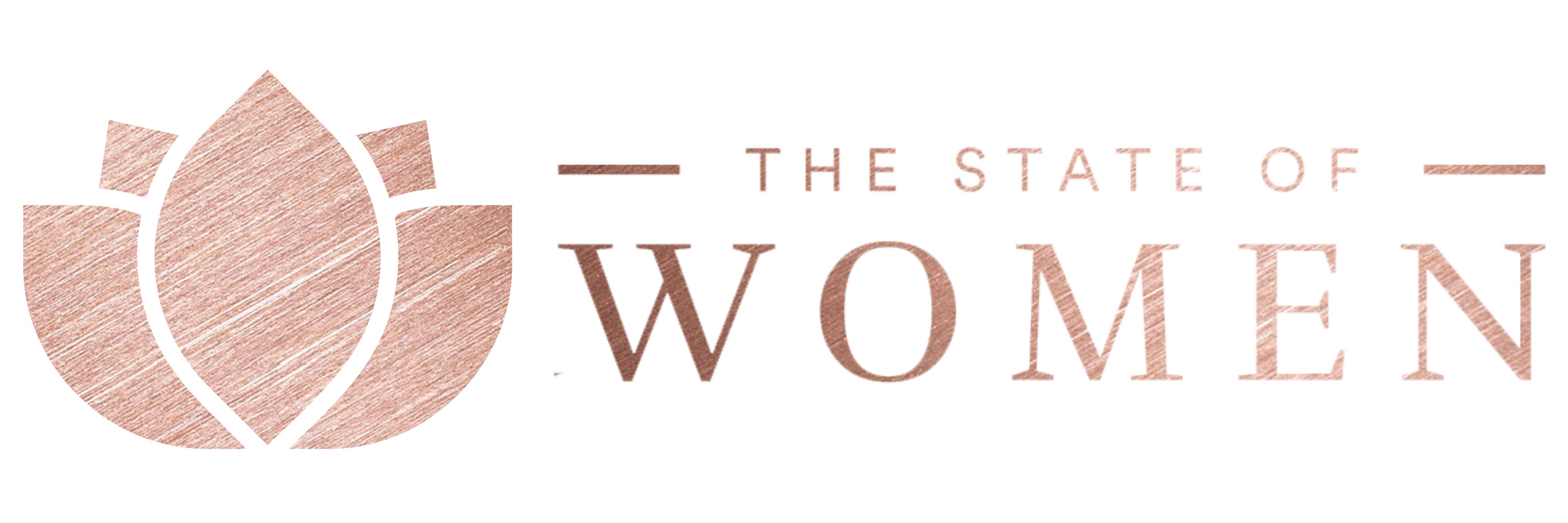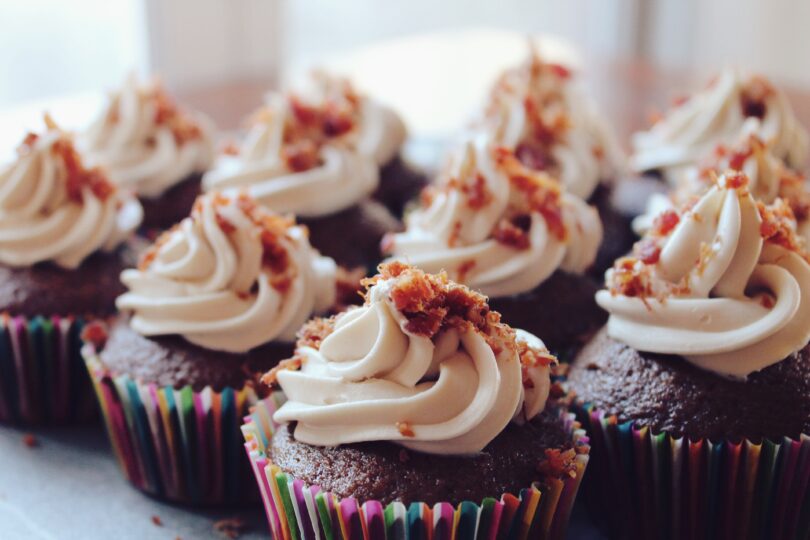Indulging our senses is a given during the holidays.
However, when the holidays are long gone the sweet tooth can linger on indefinitely.
There are many ways to resist these cravings and they may or may not work over time. One approach that you may not know is getting to know and understand the role your microbiome plays in both creating and reducing desire.
A microbiome is a community of extremely microscopic lifeforms, or microorganisms, that ideally are peacefully coexisting within you. This community of trillions is in large part generated by DNA and unique to each of us.
These microorganisms can be helpful or harmful. In a healthy gut, microorganisms coexist with one another—and with us—with no problem. The community is in harmony.
However, there are certain conditions that can affect this balance, and one of them is diet.
Choosing foods that have high fiber content feeds the anaerobic (or friendly) bacteria that prevent harmful (or unfriendly) bacteria. These foods are sometimes referred to as prebiotics and some examples are apples, asparagus, dandelions, garlic, or onions.
When friendly bacteria have food, they create short-chain fatty acids that nourish the colon and support healthy digestion.
You may be wondering: How does this relate to craving sugar?
When the intestinal flora is out of harmony or balance, the unfriendly bacteria can trigger cravings. These microorganisms send signals to your brain that they need food.
“There is a unique pathway that has coevolved between animals and the resident bacteria in their gut, and there is a bottom-up communication about diet.” — Jane Foster, neuroscientist at McMaster University in Ontario
Not only does our diet have a role to play in our microbiome, but so do our thoughts and feelings. What is sometimes referred to as a gut-brain axis influences—and is influenced by—our microbiome.
In other words, friendly bacteria produce hormones that make us feel good and happy, and unfriendly bacteria produce hormones that make us feel depressed or anxious.
However, it goes both ways. The same bacteria that produce feel-good hormones also benefit from feel-good hormones. So, as we feel good, we feed good bacteria. When we feel bad, we feed bad bacteria.
“It’s always a fitness game — who gets to be more of the population. The gut microbes that promote serotonin are the ones that benefit from it.” — Elaine Hsiao
So, not only what we are craving but what we are feeling can impact our microbiome.
Here are some ways you can help your microbiome regain its balance and reduce or remove those sugar cravings.
- Eat prebiotics, which feed the friendly bacteria. This is basically fiber. Some great options are asparagus, leeks, garlic, or artichokes.
- Take some deep calming breaths throughout the day which signal to the nervous system that all is well as anxiety can reduce diversity and good bacteria.
- Adding fermented foods to your diet helps to keep the microbiome diverse. Things like sauerkraut, kimchi, yogurt, or tempeh are rich in probiotics.
- Add some sour or bitter foods to your diet to balance out the sugar. You can squeeze a lemon in your water or add bitter greens like arugula to a salad.
- Consider taking a probiotic to supplement a fiber-rich diet.
- Try using monk fruit or stevia when the sugar cravings kick in.
- Eat more protein. Things like nuts, seeds, and beans provide a sustainable energy source that helps keep us satisfied.
- Get adequate rest. When your sleep is reduced your brain’s reward system is strengthened and this makes it harder to resist the cravings.
Once we begin to explore our microbiome and understand that we can never truly be alone, we realize we are a part of a microbial community—and our choices impact it.
“Balance is the key to everything. What we do, think, say, eat, feel, they all require awareness and through this awareness, we can grow.” -Koi Fresco
Becoming friends with your microbiome is a great way to love yourself in new and expanded ways.

Photo by De’Andre Bush on Unsplash







